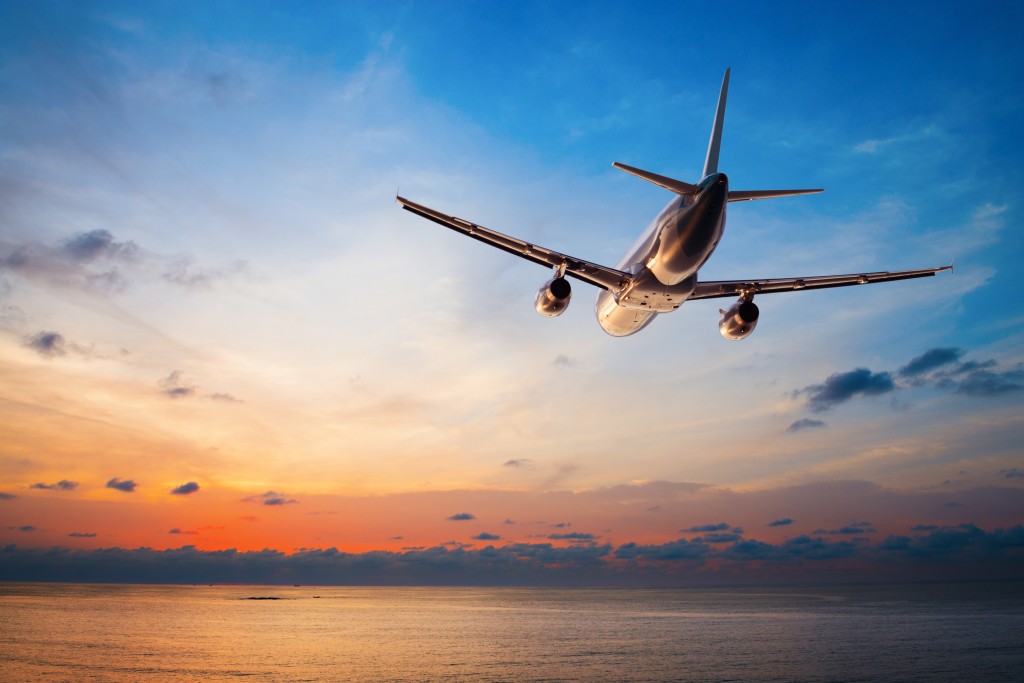What is an EASA Aircraft?
Basically an EASA Aircraft is an aircraft with a Type Certificate which is managed by EASA, you should be able to find the Type Certificate Data Sheet on the EASA Website (TCDS) (although this also applies to some annex 2 aircraft)
Aircraft are divided into two areas for licensing and airworthiness purposes, those that are managed by EASA and those that are managed by the state of the owner through a national regulatory and oversight system. Non EASA approved aircraft are known as ANNEX II aircraft and may be referenced in the document EASA regulation 216/2008 annex 2. Of course the TC classification is applicable to the appropriate aircraft of one seirese of aircraft, it is not possible to gain an EASA approval for single aircraft
Some aircraft (e.g. PA-18, An-2) had very long production runs and are declared as Annex II even though production continued after 1975. This is because the vast majority of aircraft were built before 1975, they were designed before 1955 and can claim some historical importance.
In addition, it is undesirable to have some examples of an aircraft type split between Annex II and EASA. Annex II aircraft also includes some aircraft of military. EASA Aircraft may be manufactured in any country or jurisdiction as long as they satisfy the requirements for type certification they can be considered as EASA aircraft.
Who can fly Non- EASA aircraft? Approval is given by the regulatory authority of the state of registration of the aircraft In the UK for example, holders of Part-FCL EASA licences can fly both EASA and UK-registered non-EASA aircraft providing that the pilot has the necessary rating in his licence to allow him to fly the particular aircraft . Considering EASA Part FCL licenses where you may have either a Private Pilots Licence PPL(A) or Light Aircraft Pilots Licence LAPL(A) you could fly both an EASA Aircraft and a Non EASA Aircraft.
However after April 8th 2015 with a national licence you will not be allowed to fly the EASA aircraft only the Non- EASA aircraft
Examples of Non-EASA aircraft
- single and two-seater gyroplanes with a maximum take off mass not exceeding 560 kg;
- gliders with a maximum empty mass, of no more than 80kg when single-seater or 100kg when two-seater, including those which are foot launched;
- replicas of aircraft meeting the criteria of (a) or (d) above, for which the structural design is similar to the original aircraft;
- unmanned aircraft with an operating mass of no more than 150 kg;
- any other aircraft which has a maximum empty mass, including fuel, of no more than 70 kg.”




